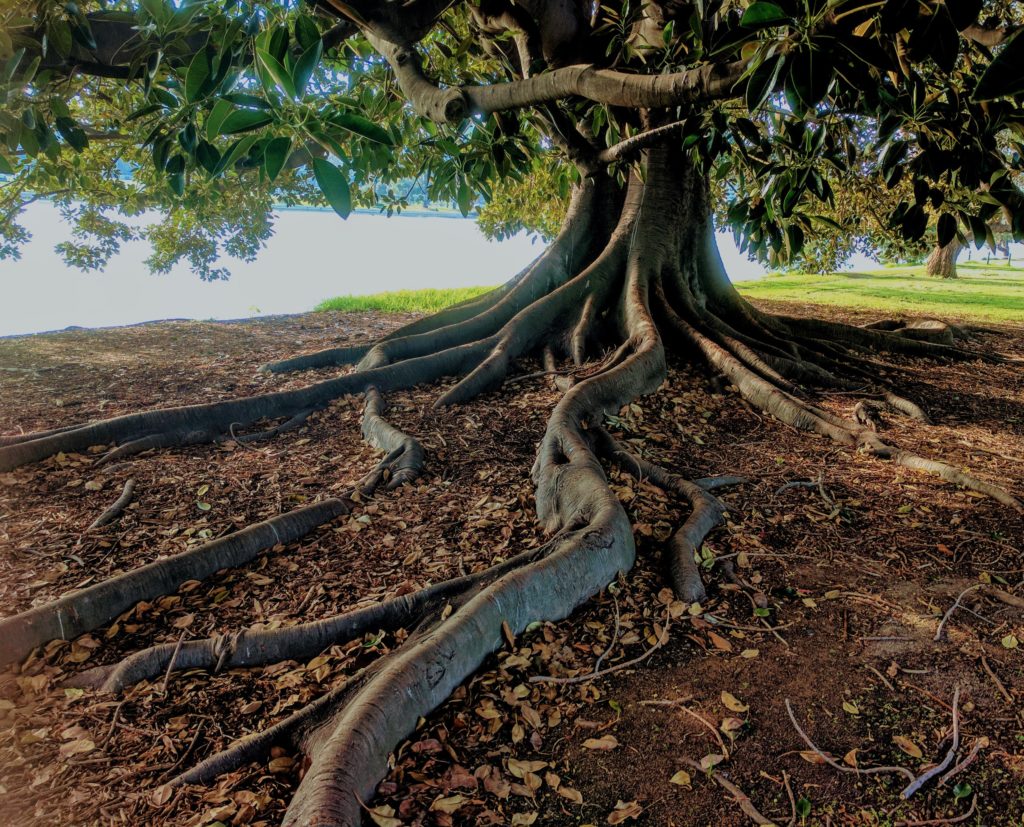Love Thy Neighbor’s Tree: How and When a Tree can Legally be Removed or Trimmed

California Civil Code sheds light on how and when a tree can legally be removed or trimmed. While the law has not changed significantly since 1872, the California courts’ interpretation of the law has evolved. In 2016, a California court of appeals awarded a property owner treble damages for the defendant’s removal of timber and issued a mandatory injunction requiring him to restore the plaintiff’s land to its pre-trespass condition. The Court ordered the defendant to pay $67,500 for restoration even though it was argued the land value was only $75,000. Because the plaintiffs in that case used the land to vacation, the appellate court reasoned the trees were valuable for aesthetic purposes.
Owning a Tree
The first question to be answered is, “Who is responsible for this tree?” Keep in mind that branches and roots are not factors when determining ownership, but rather a survey of the property line in relation to the tree trunk may be needed. If the tree trunk stands on the land of two or more property owners, all owners may have equal ownership interest no matter the extent of the tree trunk position. In such an instance, not one owner is allowed to unilaterally remove a tree or any of the encroaching parts if the tree will be injured. Consent is required before any action regarding removal is taken. If neighbors are stuck in a tree impasse, a court or arbitration order may be the tool needed.
A Tree Nuisance
If a tree causes substantial and unreasonable interference with the enjoyment of neighboring land, a nuisance might be established. This entitles an injured party to monetary damages and may result in an abatement order. Resorting to self-help remedies without a court order may be deemed justifiable only under rare and exigent circumstances. Proceeding with caution is advised.
Cleaning Up After Your Tree
Californians are obligated to remove debris when trees or parts of a tree fall onto another’s property due to an ‘act of God’ such as a mudslide, fire, wind storm or flood. Moreover, if the tree creates a danger by way of an overhang and nothing is done to remedy the problem, the tree owner may be held accountable for resulting damage. Conversely, if the property owner dealing with a neighbor’s tormenting decides to trim back tree branches without proper measurement, the owner instructing the landscaper, as well as the landscaper himself, may be held accountable for trespassing.
Casual or involuntary trespass may result in double damages while willful or malicious trespass results in treble damages. Since every case is different, property owners are encouraged to consult with an arborist, land surveyor or legal counsel before resorting to self-help remedies. Keep in mind, tree risk assessment may not always be clear cut.
This article is for general information purposes and is not intended to be and should not be taken as legal advice, for each specific situation needs to be evaluated based upon the specific facts.
